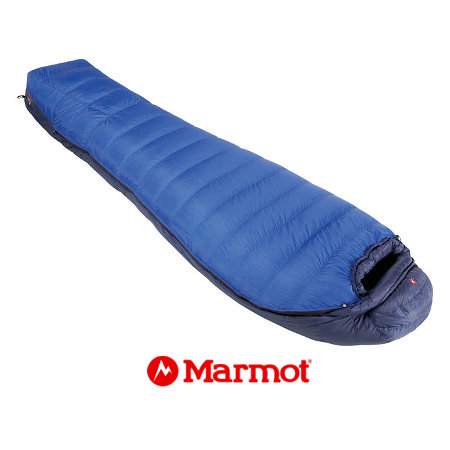Marmot Pinnacle 15F Backpacking Sleeping Bag Regular

Marmot Pinnacle Sleeping Bag Regular
The Pinnacle is our ever-popular, high-quality down, all-around bag that works for a wide range of outings, from summer backpacks to shoulder-season climbing trips.
- 15 F / -9 C
- 2 lbs 8 ozs / 1.134 kgs
- Down-filled Collar with Easy Access Draw Cord
- Ground-Level Side Seams - Eliminates Drafts
- Hidden Draft Tube Pocket
- Nautilus 6-Baffle Hood
- Stretch Tricot Baffles
- Stuff and Storage Sack Included
- Velcro-free Face Muff
- Certified 800+ Fill Goose Down
MPN: 2354
Brand: Marmot
800 Fill Down
Certified 800+ Fill Goose Down bags are constructed with the following features: - Nautilus Hood: the same construction as Marmot's 8000m jacket hood, a 3D hood that wraps around your head and reduces heat loss. -Hood Muff: creates a warm down gasket around your face, keeping the drawcord away from the face. -Stretch Tricot Baffles: allow the bag to be stuffed and unstuffed without tearing the baffle material. -Trapezoid Foot box: matches the shape of your feet, wider in the toe area and narrower in the heels. -Down Fill Oversized Draft Tube: eliminates cold spots -Zipper guard: keeps the draft tube fabric from getting caught in the zipper -Ground Level Seams: top layer wraps fully around the body creating a warm layer of down
EN Tested
Marmot began as a sleeping bag company and we continue to pioneer performance, value and insulation standards in the outdoor industry. All Marmot sleeping bags are EN tested to ensure quality and performance. During the development process, we send all samples to the Thelma Testing Center in Norway. We continually use the Thelma Center to achieve continuity in our results. EN 13537 is a European standard designed to standardize the temperature ratings on sleeping bags manufactured and/or sold in Europe. It went into effect on January 1, 2005. There are three main temperatures that are measured, Comfort, Lower Limit or Transition, and the Extreme/Risk range. Comfort Range indicates the average person will feel comfortable at all times. Transition Range indicates an experienced person can adapt to the cold conditions by wearing more appropriate clothing. Different values for men and women are the norm. Extreme/Risk Range indicates a strong sensation of cold has to be expected, there is a risk of health damage by hypothermia. An experienced person can adapt to the cold conditions by wearing more appropriate clothing.


